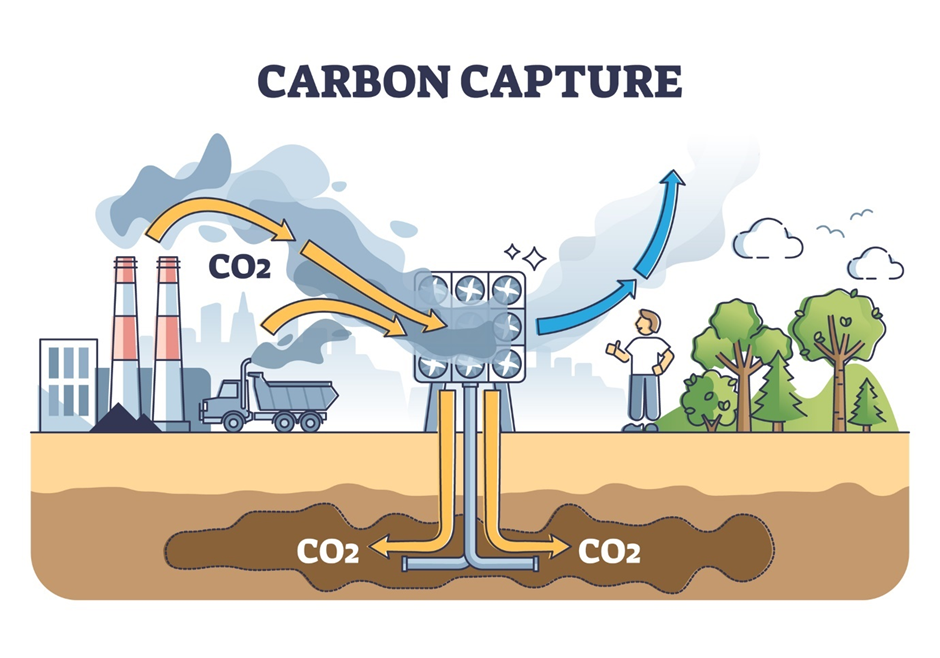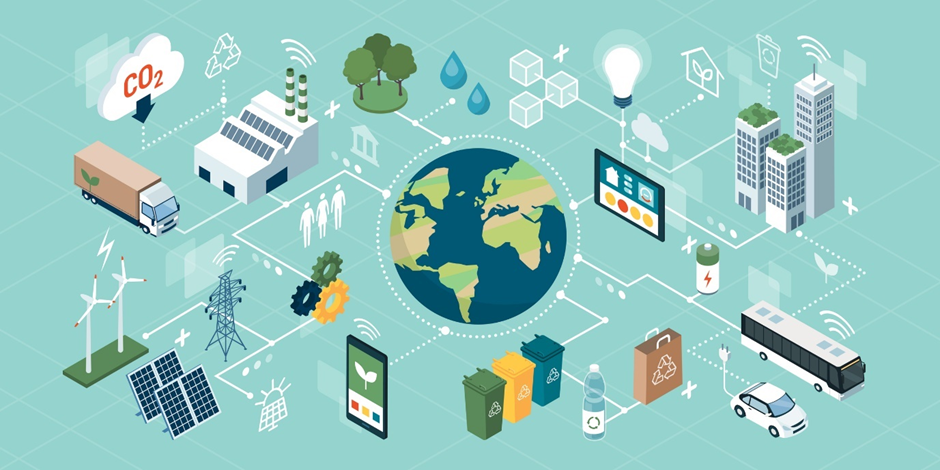Highlights:
- Experts estimate that carbon capture alone could be used to contribute towards 14% of the reduction of global greenhouse gas emissions as projected for 2050.
- Carbon capture utilisation and storage (CCUS) could be a practical solution towards deep decarbonisation because it is specifically designed for minimising carbon emissions from large-scale sources that are stationary, such as industrial plants and power stations.
- EarlyBirds’ OSINT and open innovation ecosystem platform can be used by early-adopter businesses and organisations, innovators, and subject matter experts (SMEs) to join hands and work together towards adoption and application of the CCUS technology.
EarlyBirds helps companies and various organisations to become early adopters and stay relevant and competitive in this all-time technologically shifting world.
Experts estimate that carbon capture could be used to contribute towards 14 percent of the reduction of global greenhouse gas emissions as predicted for 2050.
This calls for resorting to a novel, circular business model that begins with reducing emissions by means of state-of-the-art technology. Carbon dioxide reuse and recycling ensure emission reduction. Technologies and partnerships that deploy captured carbon can help achieve this goal, resulting in the improvement of current products and development of new zero-emissions and low-carbon emission products.
EarlyBirds’ OSINT and open innovation ecosystem platform enable subject matter experts (SMEs), innovators, and early adopters to come together and achieve innovative, technological advancement and adoption.
Carbon capture utilisation and storage

Image: © VectorMine | Megapixl.com
A novel technology, carbon capture utilisation and storage (CCUS) is used to first capture carbon emissions from both man-made and natural sources. Following which, the emissions captured are transported to another location for storage, resulting in reduction of carbon emissions and greenhouse gases.

Image: © VectorMine | Megapixl.com
Organisations and businesses can adopt and implement CCUS through geological, biological, and technological solutions:
- Geological solutions can be deployed for storing underground carbon emissions from man-made sources.
- Through biological solutions, the carbon captured is stored in the soil, vegetation, and oceans.
- Technological solutions are nothing but entail the recycling of carbon captured through innovative scientific and engineering methods.
As of now, ~35 facilities are implementing CCUS in their industrial processes, power generation, and fuel transformation, says the International Energy Agency. However, in spite of the momentum in recent years, these efforts are not up to the mark when comes to meeting past projections.
That is to say, the deployment of CCUS achieved thus far is still way lower than what is required for meeting the target of net zero emissions.
EarlyBirds helps in CCUS adoption and application
Thankfully, EarlyBirds is there to help organisations and businesses in catalysing not only adoption but even application of CCUS. Thus, EarlyBirds says that it is the ideal partner for entities in the public and private domains that are eyeing the deployment of carbon capture solutions.
Precisely, EarlyBirds can aid with development of innovation maps, which are based on a particular business or technical themes and sub-themes.
Importantly, these dynamic innovation maps can be continuously adjusted and updated in line with business-specific requirements as and when required.
How businesses benefit from EarlyBirds: With the EarlyBirds approach, businesses - start-up, scale-up, or mature organisations - can effortlessly find and meet innovators, and in turn stay relevant and competitive.
How innovators benefit from EarlyBirds: EarlyBirds is beneficial even for the innovators, who will be blessed with revenue streams upon selling their innovative products and services to early-adopter organisations.
Not just that, EarlyBirds gives innovators an opportunity to easily bring their inventions to the marketplace, and connect with early adopters.
EarlyBirds open innovation ecosystem

Image: © Elenabsl | Megapixl.com
The EarlyBirds open innovation ecosystem comprises two key programs, ‘Explorer’ and ‘Challenger’:
- The Explorer program can help in cranking up the process of technological innovation for the entire organisation. This program offers several key features:
- a platform enterprise licence,
- a nominated subject matter expert for your business,
- quarterly and monthly innovation days,
- regular webinars to help drive innovation organisation-wide, and
- emphasis on specific types of innovation.
- The second program, which is called Challenger, is for organisations that want to focus on only one particular problem or challenge at a time.
If you would like to know how EarlyBirds can help organisations with respect to carbon capture solutions, check out its website.




